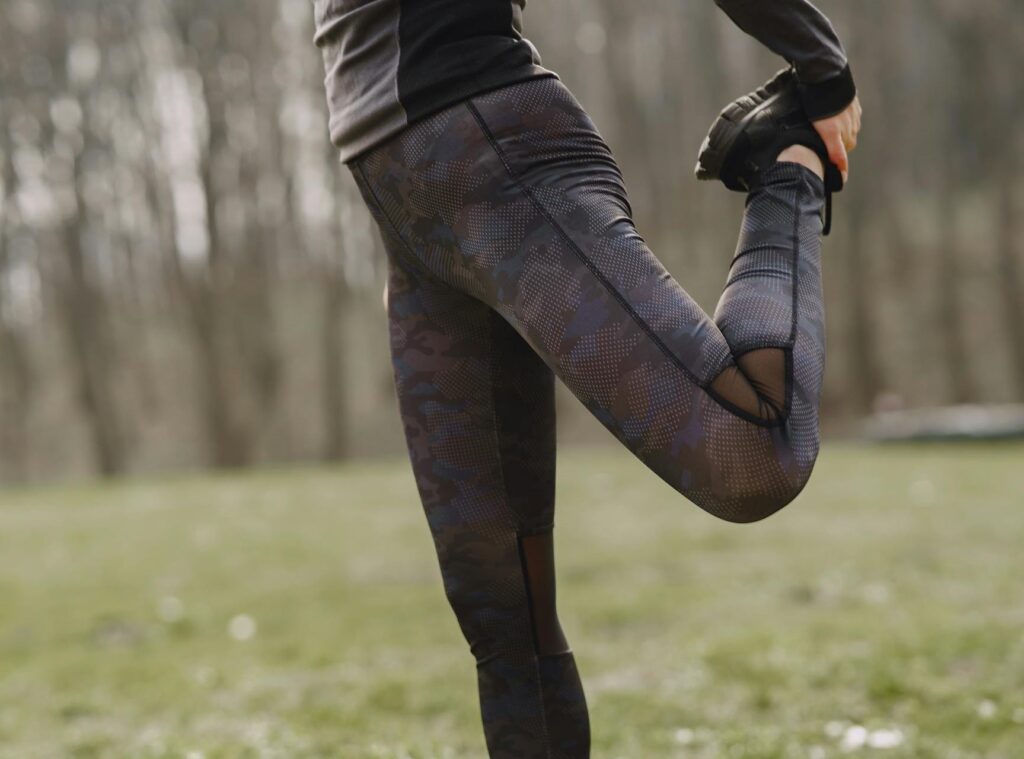Schedule An Appointment With Us
Are Your Symptoms Affecting Your Quality Of Life?
Consult our MOH-accredited orthopaedic specialist for an accurate diagnosis & personalised treatment plan today.

MBBS (S’PORE)
MRCS (Ireland)
MMed (Ortho)
FRCSEd (Ortho)

Cartilage injuries in the knees and hips can significantly impact an individual’s quality of life by causing pain, swelling, and reduced joint mobility.
Both the knee and hip joints contain several types of cartilage, including articular cartilage, which coats the ends of bones, and in the knee, the menisci, which act as shock absorbers. Cartilage injuries can range from minor cartilage wear and degeneration to severe cartilage loss, potentially leading to osteoarthritis if left untreated.
The types of cartilage injuries commonly seen in knee and hip joints include:
The knee has two menisci that can tear due to trauma or degeneration, causing pain, swelling, and limited movement.
The labrum is a ring of cartilage around the acetabulum of the hip joint that can tear due to trauma, femoroacetabular impingement (FAI), or degenerative changes, leading to hip pain and mobility issues.
Localized areas of damaged cartilage that can occur in both the knee and hip joints, often resulting from acute injuries or the wear and tear associated with osteoarthritis.
Repetitive stress on the joints from activities like running, cycling, or occupational tasks can lead to gradual wear and tear of cartilage.
Abnormal alignment of the knee or hip joint, such as genu varum (bow legs), genu valgum (knock knees), or hip dysplasia, increases stress on certain areas of cartilage, accelerating degeneration.
As individuals age, the water content of cartilage decreases, and its protein makeup changes, making it more prone to wear and tear.
Excess body weight puts additional pressure on the knee and hip joints during everyday activities, contributing to faster cartilage degradation.
Conditions like rheumatoid arthritis and metabolic disorders can directly affect joint health, leading to cartilage damage.
Cartilage injuries may present with a range of symptoms, reflecting the extent of damage and the specific joint affected. Key symptoms include:
May occur due to inflammation caused by cartilage damage, although it may be less pronounced in the hip due to its deeper location.
A common symptom in the morning or after periods of inactivity, stiffness can affect both knee and hip mobility.
Difficulty in fully bending or straightening the knee or hip can indicate cartilage damage, limiting everyday activities.
This sensation occurs when a loose fragment of cartilage or bone interferes with joint movement, more commonly experienced in the knee.
Known as crepitus, these sounds may be heard during joint movement if the smooth surface of the cartilage has been damaged.
A feeling that the knee or hip might “give out” under weight-bearing pressure can be a sign of severe cartilage injury or associated ligament damage.
Schedule An Appointment With Us
Consult our MOH-accredited orthopaedic specialist for an accurate diagnosis & personalised treatment plan today.
A healthcare provider will conduct a thorough physical examination, assessing the affected joint for pain, swelling, range of motion, and signs of instability or misalignment. Specific manoeuvres may also be performed to test the integrity of the cartilage and associated structures along with understanding the patient’s medical history.
This minimally invasive procedure involves inserting a small camera into the joint to directly visualize the cartilage and other structures. While more invasive than other diagnostic tools, arthroscopy can provide definitive information about the condition of the cartilage.
Physical therapy plays a crucial role in the management of cartilage injuries, with tailored exercises designed to strengthen the muscles around the joint, improve flexibility, and increase the range of motion. This can help alleviate stress on the damaged cartilage and support joint stability.
Adjusting daily activities to avoid movements that exacerbate pain and stress on the joint is important. Patients may be advised on how to modify exercise routines or incorporate low-impact activities such as swimming or cycling.
For overweight or obese individuals, weight loss can significantly reduce the pressure on weight-bearing joints, decreasing pain and preventing further cartilage deterioration.
Custom orthotic devices may be recommended for individuals with foot or ankle misalignments that contribute to knee or hip stress, helping to distribute weight more evenly across the joint.

MBBS (S’pore)
MRCS (Ireland)
MMed (Ortho)
FRCSEd (Ortho)
Dr Kau (许医生) is a Fellowship trained Orthopaedic Surgeon with a subspecialty interest in Hip and Knee surgery and has been in practice for more than 15 years.
He is experienced in trauma and fracture management, sports injuries, and joint replacement surgery.
While it’s not possible to prevent all cartilage injuries, certain measures can reduce the risk and help preserve cartilage health in the knees and hips:


For Singaporeans, Singapore Permanent Residents and Foreigners.
Please speak to our friendly clinic staff about using your insurance plans.

If you have any enquiry, please do get in touch. Leave us a message and we will get back to you shortly.
While no supplement can directly repair damaged cartilage, some supplements, such as glucosamine and chondroitin sulfate, are thought to support joint health and may alleviate symptoms of cartilage damage. However, their effectiveness can vary, and it’s important to consult with a healthcare provider before starting any supplement regimen.
High-impact exercises and activities that involve significant hip rotation or deep flexions, such as deep squats, high-intensity interval training (HIIT), and certain types of yoga poses, should be approached with caution or avoided to prevent exacerbating hip cartilage injuries.
Many individuals report that their joint pain, including symptoms from cartilage injuries, worsens with changes in weather, particularly during cold, damp conditions or when atmospheric pressure drops. While the exact mechanism is not fully understood, it’s believed that changes in atmospheric pressure might affect joint pressure or that cold weather could increase the viscosity of synovial fluid, making joints feel stiffer.
The duration of rest required after a cartilage injury varies based on the injury’s severity, the affected joint, and the individual’s overall health. Generally, a period of rest ranging from several days to weeks may be recommended to allow for initial healing. However, complete inactivity should be avoided as it can lead to joint stiffness and muscle weakness.